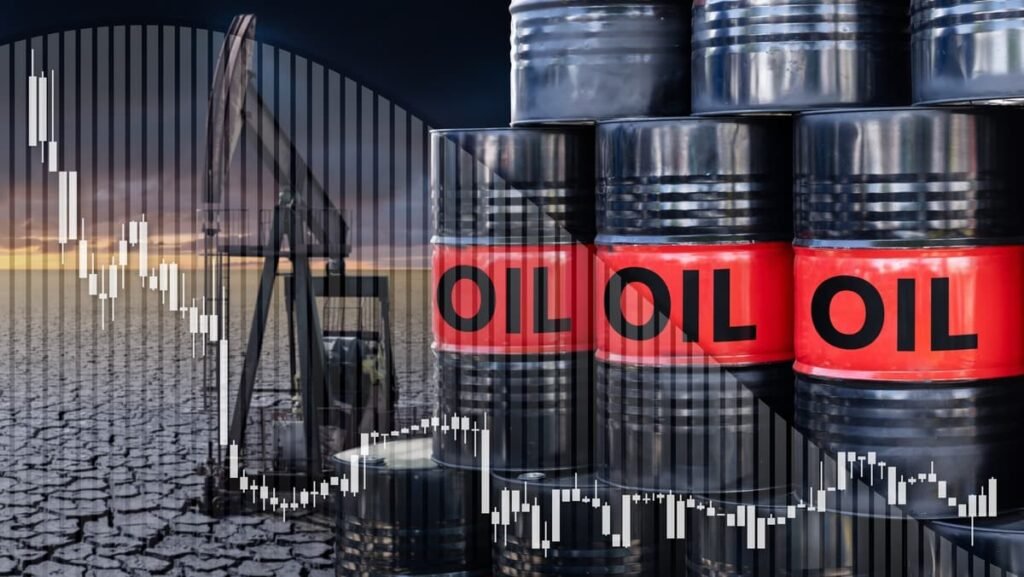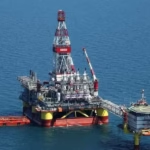Physical Address
304 North Cardinal St.
Dorchester Center, MA 02124

The global energy system is undergoing rapid transformation, and Liquefied Natural Gas (LNG) has emerged as one of the most powerful drivers of change. Once a niche segment of the energy trade, LNG has now become a cornerstone of global gas markets, offering countries greater flexibility, energy security, and access to cleaner fuels.
The rise of LNG is not only altering trade flows, it is reshaping geopolitics, investment strategies, and the way nations think about energy security in a world increasingly conscious of climate change.

Liquefied Natural Gas (LNG) is natural gas that has been cooled to about -162°C (-260°F), shrinking its volume by 600 times. This makes it far easier and more cost-effective to transport across oceans in specialized tankers, compared to traditional pipeline gas. Flexibility: LNG can be delivered virtually anywhere, unlike pipelines that lock buyers and sellers into fixed routes. Cleaner Energy: Natural gas emits less carbon dioxide compared to coal and oil, making LNG an important transition fuel . Market Integration: LNG connects previously isolated gas markets, creating a more globalized energy system.
Over the last two decades, the LNG trade has grown at double the rate of pipeline gas.
In 2000, global LNG trade stood at around 120 billion cubic meters (bcm).
By 2022, it exceeded 500 bcm (BP Statistical Review of World Energy).
The U.S., Qatar, and Australia dominate LNG exports, while China, Japan, and Europe are leading importers.
This rapid expansion has made LNG a central player in global energy geopolitics.
Traditional gas markets were built on long-term pipeline contracts (e.g., Russia–Europe pipelines). LNG introduces short-term contracts, spot markets, and floating regasification units (FSRUs), making it more adaptable.
Importing LNG allows countries to reduce dependence on single suppliers, enhancing energy security. For example:
Europe cut reliance on Russian gas by ramping up LNG imports from the U.S. and Qatar in 2022.
Developing nations like Pakistan and Bangladesh are turning to LNG to meet rising demand without building costly pipeline networks.
Previously, natural gas prices varied drastically by region. With LNG trade, prices in Asia, Europe, and the U.S. are increasingly interconnected. A cold winter in Asia can now raise prices in Europe.
LNG isn’t just about trade, it’s about political leverage. The U.S. uses LNG exports as a tool of foreign policy, while Qatar invests in long-term supply contracts to secure global partnerships.

In an era where nations are balancing energy security with decarbonization goals, LNG serves as a bridge fuel.
Replacing coal with natural gas can cut emissions by up to 50% when used in power generation (EPA).
Many Asian economies (China, India, Japan, South Korea) rely heavily on LNG to diversify energy mixes and reduce pollution.
Europe’s demand for LNG skyrocketed in 2022 after pipeline flows from Russia collapsed, proving LNG’s role as a strategic energy backup.

The Russia–Ukraine war in 2022 was a turning point for LNG markets. When Russia cut pipeline flows, Europe avoided a full-blown energy collapse thanks to LNG imports.
U.S. LNG exports to Europe tripled in 2022 .
Germany, which had no LNG terminals, built three floating terminals in less than a year, showcasing LNG’s rapid deployability.
This crisis cemented LNG as a geopolitical stabilizer in times of uncertainty.
While LNG is transforming global gas trade, it faces hurdles:
High Costs: LNG infrastructure (liquefaction plants, tankers, regasification terminals) requires billions in investment.
Price Volatility: Spot LNG markets are prone to sharp price swings, as seen in 2021–2022.
Methane Emissions: Although cleaner than coal, LNG production and transport release methane, a potent greenhouse gas.
Energy Transition Pressure: As renewables grow, long-term LNG demand may plateau or decline.
The rise of LNG marks one of the most significant shifts in global energy since the shale revolution. It has transformed natural gas from a regional commodity into a truly global market, with price signals and supply-demand shocks reverberating worldwide.
LNG provides nations with security, flexibility, and cleaner alternatives, but also brings volatility, environmental concerns, and high costs.
As the world transitions toward renewable energy, LNG will remain a bridge fuel, ensuring stability in the global energy mix while the long-term shift to low-carbon systems unfolds.
LNG has already reshaped natural gas markets and its role is only set to grow.
Despite challenges, LNG is expected to remain a growth sector through the 2030s:
The U.S. is set to become the world’s largest LNG exporter by 2025.
Emerging markets in South Asia, Africa, and Latin America are expanding LNG infrastructure.
Technology innovations — such as floating LNG platforms and carbon capture in liquefaction plants will improve efficiency and reduce emissions.
In many ways, LNG is not just reshaping global natural gas markets, it is redefining global energy flows.




